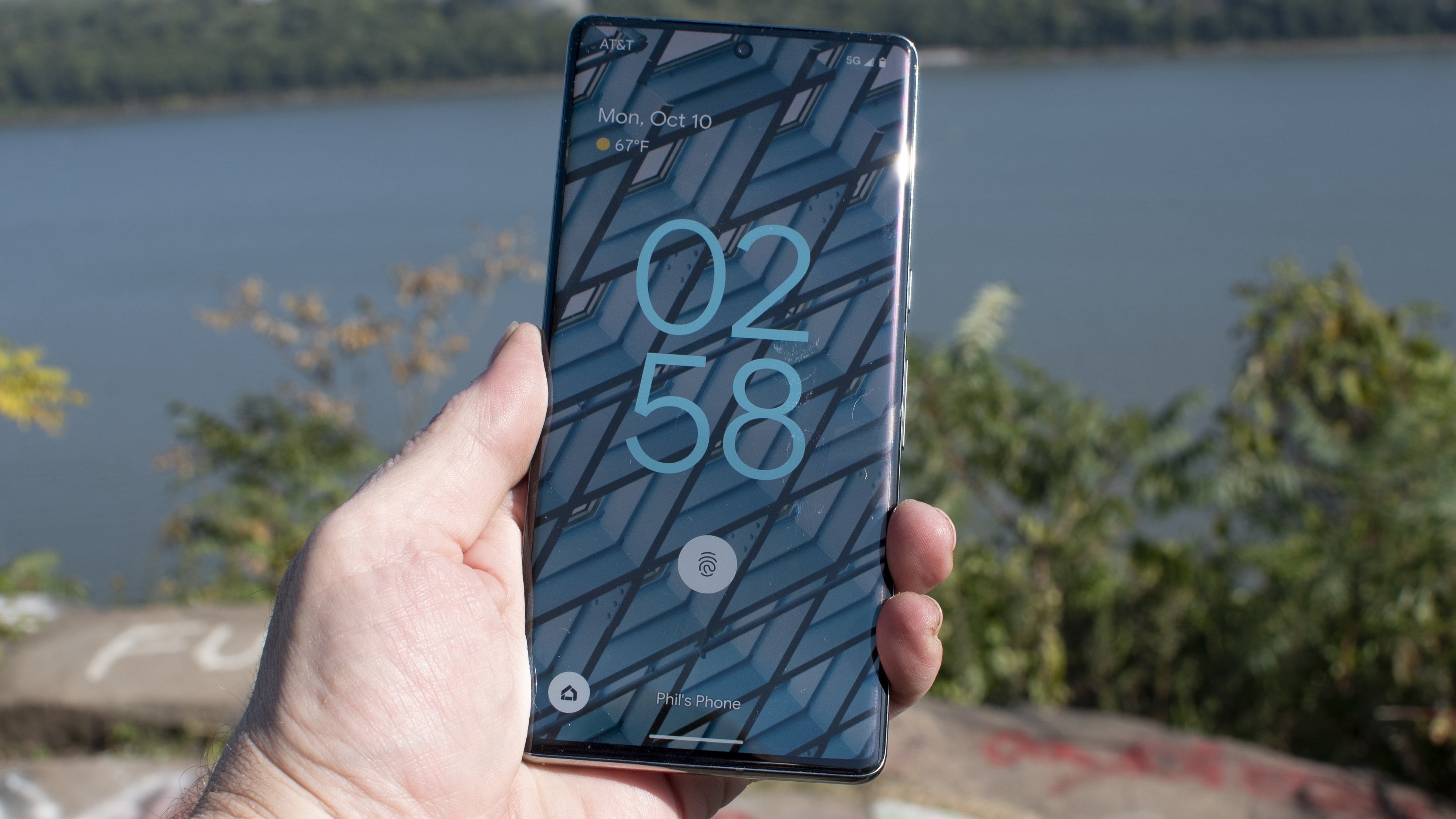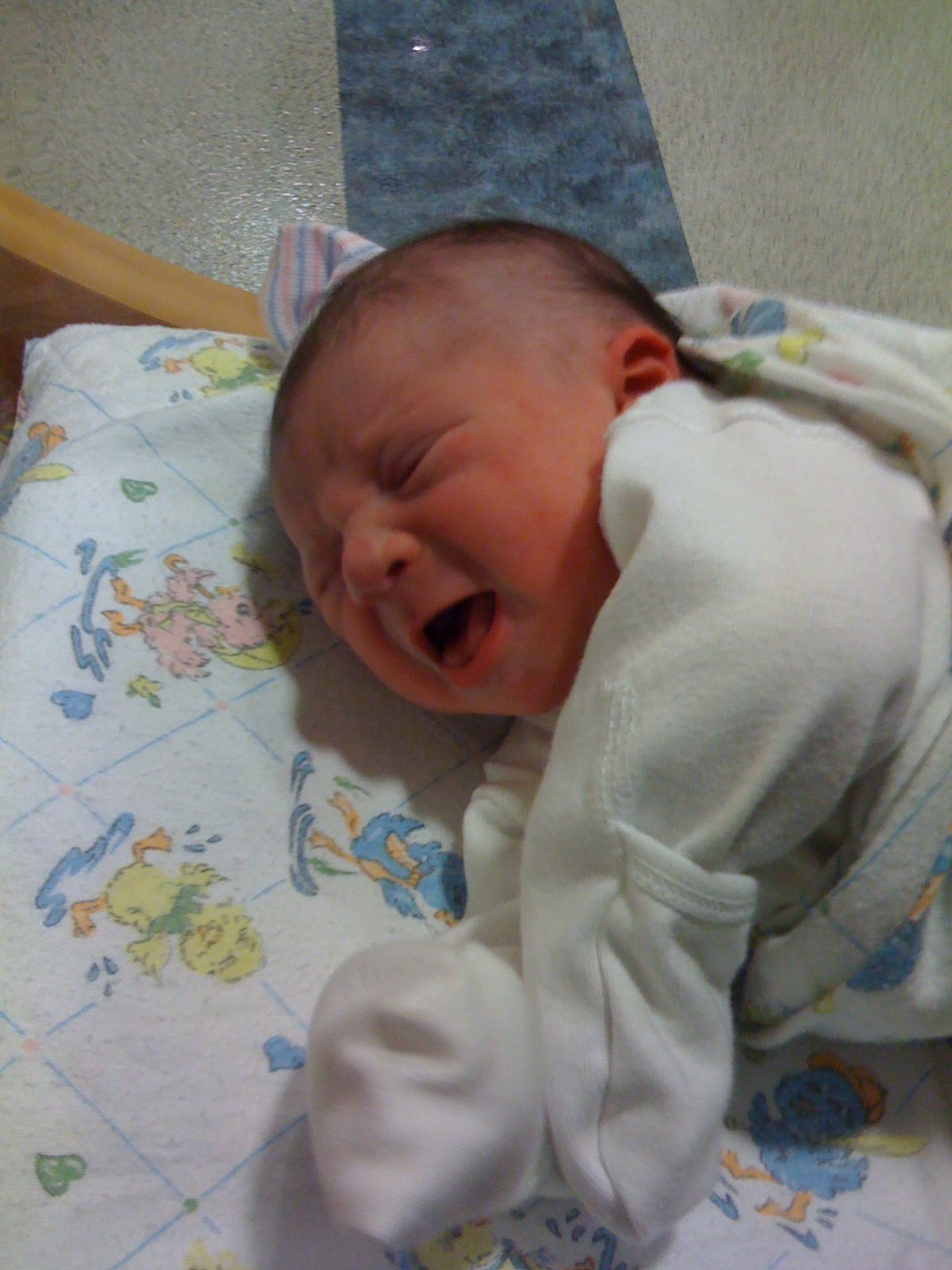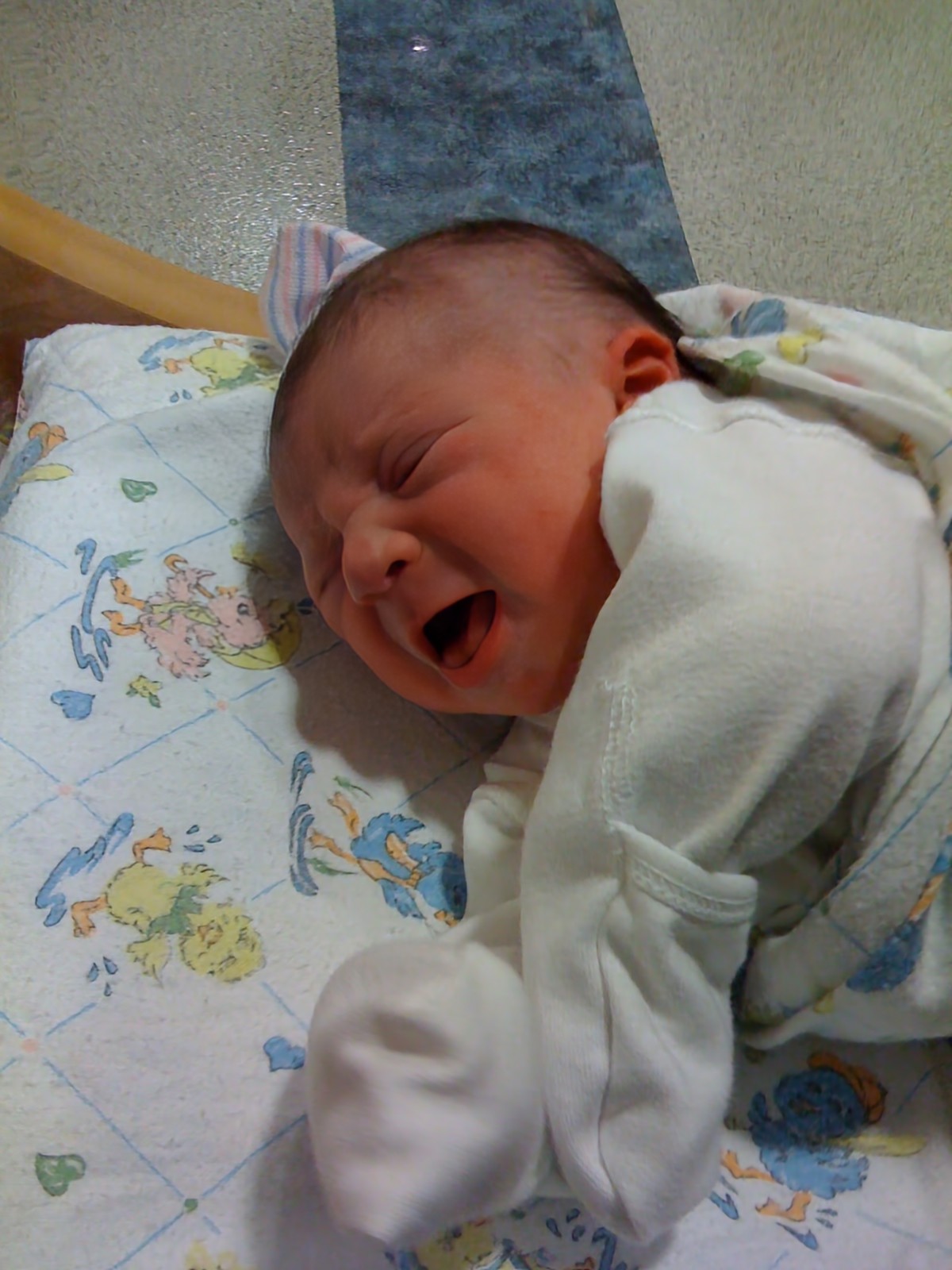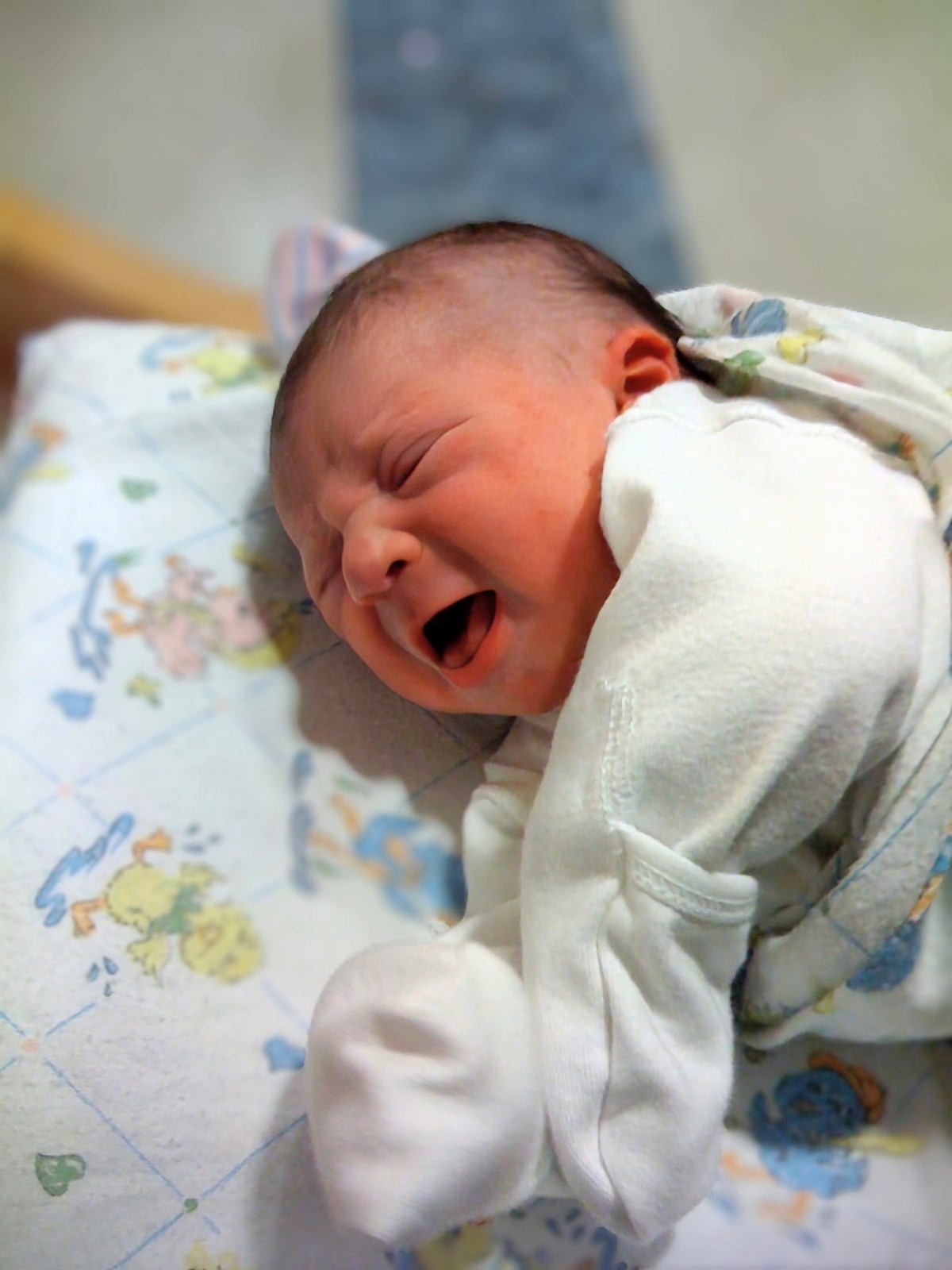The Google Pixel 7 Pro fixed my most important photo from 2009

The most important photo in my library is blurry, but it was my iPhone wallpaper for months. It is the first photo I snapped of my son on the day he was born. He was on a nurse’s cart on the way to the recovery room, where his mother and I were waiting. The photo is two megapixels, taken with my iPhone 3G.
They say the best camera is the one you have with you. My son was born three weeks early – not early enough to worry, just enough to panic. I had time to jump in the car and grab my mother to meet my wife at the hospital. I didn’t have time to find my Nikon.
The iPhone 3G was the second iPhone. Like the original iPhone, it had a 2MP camera, with no video recording capability. Back then, the iPhone was impressive for its web browser and its big screen. The camera wasn’t the thing just yet, though the iPhone always took great photos.
While his mom waited in a recovery bed, I met my son in the hallway and grabbed my iPhone to take some pics. She would be the first to hold him. I was nervous, I’m sure, and there was no anti-shake mechanism. No sensor-side image stabilization on the iPhone 3G like there is on the iPhone 14 Pro.
The photo is blurry. It’s just blurry enough that I never bothered to print it. I never bothered to fix the light or the color because the subject, my little baby boy, is already out of focus. I keep it for myself because it’s a reminder of the first time I saw the most important person in my life. It was never a photo to show off.
The Google Pixel 7 knows a magic trick
That changed this week when I reviewed the Google Pixel 7 Pro. Google has been adding some amazing photo editing features to its phones, through the Google Photos app. Though Google Photos is available for all mobiles, even Apple iOS devices, on the Pixel phones Google Photos can do a bit more.
These features rely on the Google Tensor chips found in recent phones, starting with the Pixel 6. On the Pixel 6, Google added a Magic Eraser tool that can remove unwanted items and malingerers from the background of your photos. It works surprisingly well, putting Photoshop-level editing at your fingertips.
Sign up for breaking news, reviews, opinion, top tech deals, and more.
I’ve been using digital cameras since ... 2004. I have 18 years of photos saved with Google
The Pixel 7 and Pixel 7 Pro launch with a new Photo Unblur and Face Unblur tool, made possible by the Tensor G2 inside. And because it works in Google Photos, and not in the camera itself, you can apply the tool to any photo you’ve saved in Google’s cloud.
I’ve been using digital cameras since I bought a Canon Powershot S70 in 2004. I have 18 years of photos saved with Google.
When Google announced that the Photo Unblur feature would work with any image in your library, I immediately thought of my first photo of my kiddo. Then I wondered how well it would work on some of the old photos I scanned recently.
On my son’s first photo, Photo Unblur worked a miracle: the photo is now in focus. It looks as good as any 2MP photo can look. It may not be sharp, but it looks real. It looks like my baby boy on the day we met.



I printed two copies of the photo, one before and one after the unblur was applied. That was when I realized I could make the photo even better. I’d never even tried to touch it up before, because it was so bad in the first place. It wasn’t worth making brighter, or adding vignette, because the photo was so blurry it wasn’t worth the time.
Now, I took the time. I made a good photo. I printed it on my little HP Sprocket Studio printer. I can put it in a frame. I started a picture that was literally a proof-of-life photo and made it into something memorable that will become a part of my house. Photo Unblur is an incredibly powerful feature.
Some photos will just stay blurry
Photo unblur may work occasional miracles, but it isn’t a magician. It won’t work on every photo. In my experience, photos from old cell phones were the most fixable. Perhaps it’s the lower resolution, or perhaps it’s the digital heritage. Photos taken on standalone digital cameras didn’t benefit as much.
Saddest of all, Photo Unblur had almost no effect on images I scanned from prints. I had a set of photos from my mother’s memorial last year, all scanned from printed images. I’d already tried my best with Photoshop to improve them – many were taken on cheap cameras 30 years ago. I hoped Photo Unblur would do more.
No such luck; there was hardly a noticeable change to the images. They seemed to fit the bill: blurry faces and all. Unfortunately, Google couldn’t make a dent in those memories.
Photo Unblur makes the Pixel 7 a must-have phone
It seems illogical that the Photo Unblur feature is not only exclusive to Google Photos, but that it requires the Tensor G2 hardware on the Pixel 7 and Pixel 7 Pro phones. Surely Google could offload the processing to its own servers in the cloud.
I asked Google if Unblur would ever be available to everyone, and the company was adamant, saying “Photo Unblur was developed and optimized specifically for Tensor G2, and is currently only available for Pixel 7 and 7 Pro.”
Is the Pixel 7 worth buying just for the Photo Unblur feature? At the moment I saw my son’s newborn face, crinkled and crying, come into focus again for the first time in 13 years, I’d say yes, indeed. This is a feature that is worth the phone.

Starting more than 20 years ago at eTown.com. Philip Berne has written for Engadget, The Verge, PC Mag, Digital Trends, Slashgear, TechRadar, AndroidCentral, and was Editor-in-Chief of the sadly-defunct infoSync. Phil holds an entirely useful M.A. in Cultural Theory from Carnegie Mellon University. He sang in numerous college a cappella groups.
Phil did a stint at Samsung Mobile, leading reviews for the PR team and writing crisis communications until he left in 2017. He worked at an Apple Store near Boston, MA, at the height of iPod popularity. Phil is certified in Google AI Essentials. His passion is the democratizing power of mobile technology. Before AI came along he was totally sure the next big thing would be something we wear on our faces.